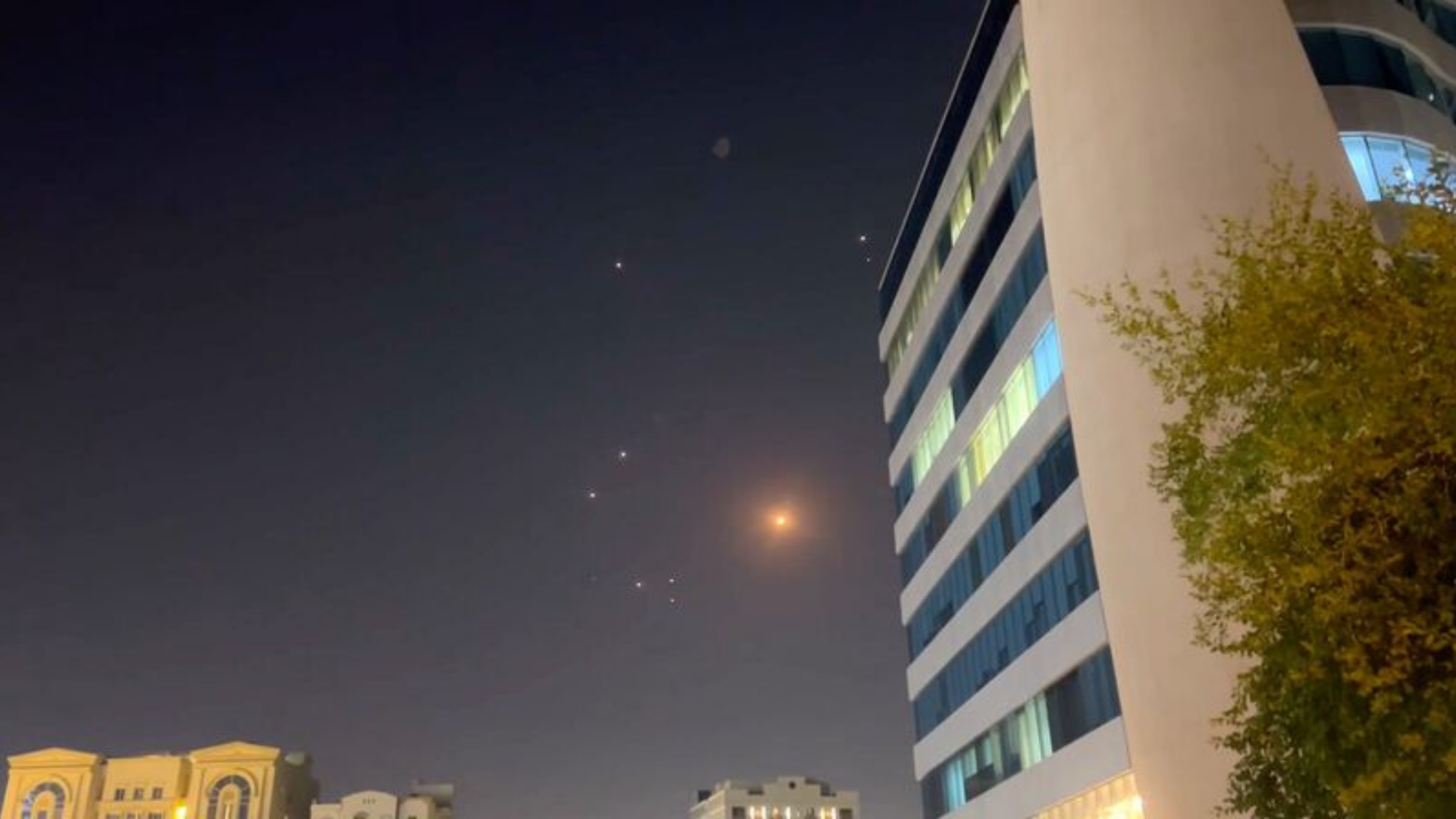Middle East crisis intensifies as Israel’s multifaceted campaign inside Iran triggers geopolitical, economic, and humanitarian shockwaves. From unprecedented Mossad‑aided drone strikes and hypersonic missile exchanges to a tenuous Trump‑brokered ceasefire, this developing conflict has thrust the region, world markets, and global diplomacy into an unpredictable new chapter.
A New Hybrid War: Mossad, Airstrikes & Hypersonic Missiles
In mid-June, Israel unleashed a hybrid operation combining covert Mossad drone sabotage with heavy airstrikes—an escalation beyond anything seen before in Iran. Sources confirm that covert teams, operating from deep inside Iran, disabled key surface-to-surface missile systems and air‑defense arrays via sabotage, before IAF jets destroyed dozens of launchers and bunkers near Tehran, Esfahan, Natanz, Tabriz and Kermanshah.
Iran responded in kind, firing hundreds of ballistic missiles—including advanced hypersonic systems—at Israel and US allies, marking a dangerous pivot in military tech deployment.
The United States Enters The Fray
In a historic move, the US struck Iranian nuclear facilities alongside Israel, shattering its former hands‑off posture. President Trump declared these strikes aimed at crippling Iran’s enrichment infrastructure.
Iran retaliated with a missile barrage on Al‑Udeid Airbase in Qatar, launching 14 medium-range missiles—all intercepted by US and allied defenses. Trump, however, emphasized restraint, opting against further escalation and instead claiming negotiations would yield a ceasefire.
Diplomatic Dance: Ceasefire Claims and Contradictions
On June 23, Trump tweeted that Israel and Iran had agreed to a “complete and total ceasefire”—a 12‑hour phased halt to the 12‑day conflict.
Iran’s Foreign Minister, Abbas Araghchi, however, clarified that Iran would stop if Israel ceased “illegal aggression” by 4 a.m. Tehran time—stressing there is no formal agreement. Meanwhile, Israel has remained silent, but no Israeli strikes were reported post‑4 a.m. apnews.com.
Global Markets and Energy Impacts
Despite the volatility, global markets remain cautious—oil surged over 4% (Brent nearing $70) after early strikes, and spiked again as tensions threatened the Strait of Hormuz.
Yet, markets held firm, anchored by diversified energy sourcing and strategic reserves. Energy analysts warn, however, that continued instability—coupled with potential blockades—could reignite inflation, especially affecting energy‑dependent economies like India.
Broader Regional Realignments
This conflict marks a tectonic shift in Middle East geopolitics. Gulf states, once Israel‑Iran foes, are now forging transactional alliances with Israel, underscored by the Abraham Accords.
Iran’s proxies in Lebanon, Gaza, Syria and Yemen have been weakened—Hamas, Hezbollah, Syrian regime networks and the Houthis have been rendered vulnerable after recent strikes.
As Larry Elliott observes, while oil markets remain calm, past crises show such calm is brittle, and a serious strategic shift toward energy independence is overdue.
Context Box: Iran–European Nuclear Talks
While war raged, European negotiators attempted to keep nuclear diplomacy alive. Talks in Geneva began June 20 with France, UK, Germany and Iran—yet were swiftly derailed by military escalation. Europe still urges Iran to halt enrichment, but revival of diplomacy is uncertain and overshadowed by the front‑line war.
Humanitarian Toll and Legal Concerns
Israeli airstrikes have inflicted severe damage on civilian infrastructure—hospitals, energy installations and residential areas—prompting international law concerns and calls of war crimes under articles of aggression.
Iran has reportedly suffered over 200 deaths, including civilians, while Israel confirmed at least two dozen fatalities. Gaza, already suffering under siege, fears its crisis may deepen if Israel’s focus switches away from Hamas.
What Comes Next? Four Pressing Questions
Analysts emphasize four critical uncertainties ahead:
- Will the ceasefire hold? Divergent interpretations suggest the risk of renewed hostilities.
- Can diplomacy recover? EU‑mediated nuclear talks stalled—renewal hinges on military de-escalation atlanticcouncil.org.
- Will Iran’s regime fracture? Iran’s leadership faces existential strain with internal pressure rising and moderate factions urging ceasefire acceptance.
- How will major powers respond? The US’s role, Russia and China’s positioning, and European sanctions all influence whether this stays contained or erupts further.
Conclusion
The Israel–Iran war of 2025 is neither symmetrical nor siloed—it weaves hybrid warfare, global diplomacy, economic anxieties, and humanitarian alarm into a volatile web. From covert drone strikes deep inside Iran to possible US military involvement, the world teeters on a knife‑edge. This is no longer a regional skirmish—it’s a pivot point for the future of Middle East order, nuclear norms, and global stability.
Only through verified ceasefire implementation, revived diplomacy, and measured economic policies can this crisis be steered away from its most dangerous outcomes.
- An unprecedented hybrid war—Mossad drones + airstrikes + hypersonics.
- The US is directly involved in a military engagement.
- Ceasefire claims are murky and fragile.
- Oil markets jolted, energy inflation risks loom.
- New alliances shifting regional balance; humanitarian consequences worsening.
Contact your political leaders and stay informed—this conflict shapes the future.
Subscribe to trusted news sites like USnewsSphere.com for continuous updates.





